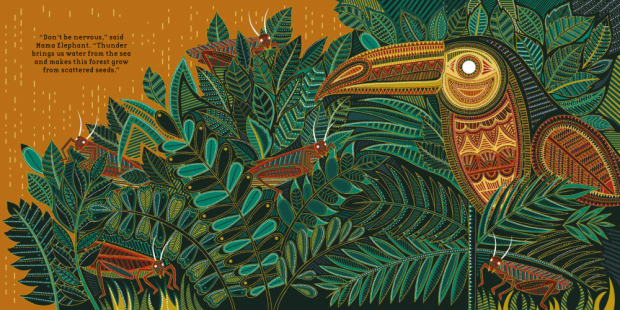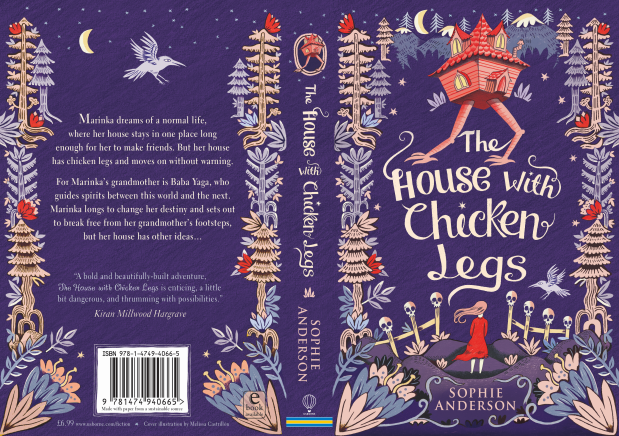
‘Simply ‘specsational’. Heart-wrenching yet heartwarming at the same time… it takes a very special talent to achieve this and I’m delighted to say that Ewa does with flying colours.’
Rating: ⭐ ⭐ ⭐ ⭐ ⭐
Title: The Mystery of the Colour Thief
Author: Ewa Jozefkowicz (@EwaJozefkowicz)
Illustrator (Cover): Sophie Gilmore (@sophillustrates)
Publisher: Zephyr (@HoZ_Books)
Page count: 192
Date of publication: 3rd May 2018
Series status: N/A
ISBN: 978-1786698940
Perfect for Year 6 & Year 7.
#3Words3Emojis:
1. Friendship 👭
2. Strength 💪
3. Colour 🎨
First the accident, then
the nightmares.
A shadowy thief steals the colours
from Izzy’s world.
Will her new neighbour and a nest
full of cygnets save Izzy
and solve the mystery of the colour thief?
The first line:
He came out of nowhere, a man in the smoke.
Review:
The story begins, as does some of the chapters, with a voice. An unknown voice. A voice given to a character. A most sinister, shadowy character who we can’t see, but later see the effects of, and can instantly feel coming; looming closer with every word. This too is how it feels for main character, Izzy who finds herself waking up more and more as white as a sheet, reeling in shock and horror at the thought of her dreams which are every bit turning in to nightmares that are encroaching upon her, invading her and taking over her sleep.
Izzy’s mum is in hospital after a car accident – and Izzy attributes blame and fault only to herself. Overwhelmed with pangs of guilt, wracked with anxiety and shrouded in grief, Izzy cannot even face the slightest of sights of her hospitalised mother, lying senseless to the world in a coma. So it’s no wonder the colours of her world start to fade. Literally. As she watches the mural on her bedroom wall’s colours mutate and dissipate; reds, yellows, greens, blues: gone. But what could be happening and where could they be going to?
With no mother to turn to, likewise no father to turn to and a best friend who turns her back on Izzy, she’s left in the dark; trapped in a world where’s she continually suffering from the blackest of Blackest Days. However, new hope emerges for Izzy with a new neighbour. Toby. Paralysed after an accident yet full of positivity and perseverance, it is he that starts to bring new life to Izzy in more ways than one.
First with a nest of cygnets that need rescuing. When researching the correct collective noun to describe a group of cygnets, it referred me to swans. More specifically, ‘a lamentation of swans’. Yet towards the end of the story, I think that the first collective noun in the list, ‘a ballet of swans’ becomes the more apt term because it is this small change for Izzy from Toby that brings about a radically different change in Izzy’s thinking. Together can they help the cygnets, who become one of the true centrepieces and cornerstones of the story?
But even greater than that, can they put an end to the disappearing colours, break through the darkness and solve the mystery of the eponymous colour thief?
As Izzy’s father would say himself, this is simply ‘specsational’. Emotive, engaging and full of moving moments, The Mystery of the Colour Thief paints a picture that’s a compassionate and heartfelt look at mental health and ends up being a canvas of hope that permeates through its pages. It’s beautifully and sensitively written; heart-wrenching yet heartwarming at the same time. It takes a very special talent to achieve this, especially with her debut and I’m delighted to say that Ewa does this with flying colours.
‘Simply ‘specsational’. Heart-wrenching yet heartwarming at the same time… it takes a very special talent to achieve this and I’m delighted to say that Ewa does with flying colours.’
Big thanks to Ewa and all at Zephyr for sending me an advance copy of The Mystery of the Colour Thief and to Fritha for helping organise this beautifully-written guest post from Eva. So an extra huge thanks Ewa!
Mr E
📚

The Mystery of the Colour Thief is available to order online or from any good bookshop.
Today I am also delighted to welcome author of The Mystery of the Colour Thief, Ewa Jozefkowicz to The Reader Teacher. Here, she shares with The Reader Teacher her thoughts on mental health issues and how she hopes her book will help children to reach out…
‘My thoughts on mental health issues among primary school-pupils and how I hope The Mystery of the Colour Thief will help children to reach out’
‘I knew that nobody else would understand about the colour thief.’
This is what Izzy, the heroine of The Mystery of the Colour Thief says to herself when she’s considering telling her dad about the horrible shadowy man of her nightmares. Unfortunately, she comes to the conclusion that she shouldn’t worry him as he’s already very sad, and she continues to struggle on with her problems on her own, as her world turns increasingly dark.
Izzy avoids her teachers, although ask her how she’s feeling, and she snaps at her aunt, who comes to stay with her and her dad and wants to help out. This is because she truly believes that nobody will understand the emotions that she’s going through.
It is only much later in the story, when her new neighbour Toby opens up to Izzy about the challenges he faces, that she is able to share the story of the colour thief with him, and together, they try to stop him in his tracks and solve the mystery.
This reluctance to tell somebody is a trait that is sadly very common among primary school children, many of whom might not even realise why they’ve suddenly begun to feel so different. In recent national surveys, teachers and senior leaders have expressed worries about the rising levels of anxiety and depression among their pupils. Some of these conditions are linked to school pressures (such as exam stress from SATs), some are linked to a difficult family situation, or a broken friendship; others still are unexplained. All are incredibly upsetting.
Through The Mystery of the Colour Thief, I’ve tried to bring across three important messages:
- If you’re feeling scared, nervous or low, you are definitely not alone.
- No matter how bad things get, there will always be somebody caring who will help you to repaint your world, but they won’t be able to do so if you don’t trust them.
- Sometimes when you’re not feeling yourself, your friends may not be sure how to act around you, and that’s OK too.
I think that this third point is important to emphasise , as it is particularly relevant among primary school children. In The Mystery of the Colour Thief, Izzy’s best friend Lou has no idea how to act around her following the accident which changed Izzy’s world. As a result, she decides to slowly spend less and less time with her, and to form a new friendship with Jemima. This broken friendship is particularly distressing to Izzy, who is already going through so much, but it serves to help her understand that she is stronger than she thinks, and that she has other people who care about her and are able to help.
As adults, we all know that relationships are tested in difficult times, but we rarely consider that this is also true of early friendships in primary school years.
Towards the very end of the story, Izzy says to her mum, who is still unconscious in hospital, ‘It turns out that you’re stronger than you think. And sometimes you just need a bit of help,’ which I hope is a message that will resonate with a number of young readers.
Ewa Jozefkowicz, author of The Mystery of the Colour Thief

Ewa Jozefkowicz grew up in Ealing, and studied English Literature at UCL. She currently works in marketing, and lives in Highbury, north London with her husband and twin girls.
The daughter of a bookseller, she has always been a lover of children’s books and has dreamed of publishing her own. She wrote her first book aged 5 (meticulously self-illustrated with felt tip pen) and twenty five years later achieved her dream of being a published children’s author with ‘The Mystery of The Colour Thief’. She is fascinated by stories about friendship and growing up.
Credit:
The Mystery of the Colour Thief by Ewa Jozefkowicz, published in hardback,
£10.99, 3 May 2018 from Zephyr
@EwaJozefkowicz @HoZ_Books #TheMysteryoftheColourThief


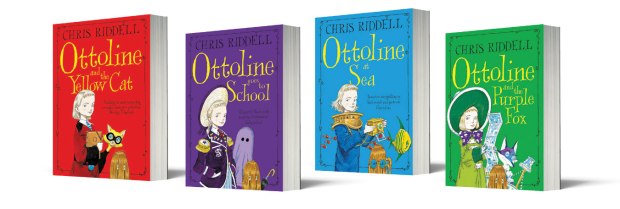
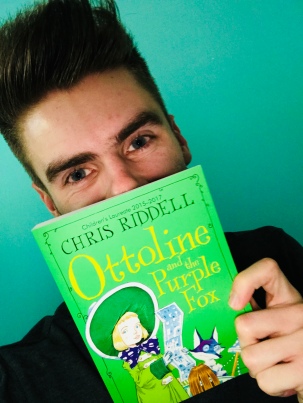



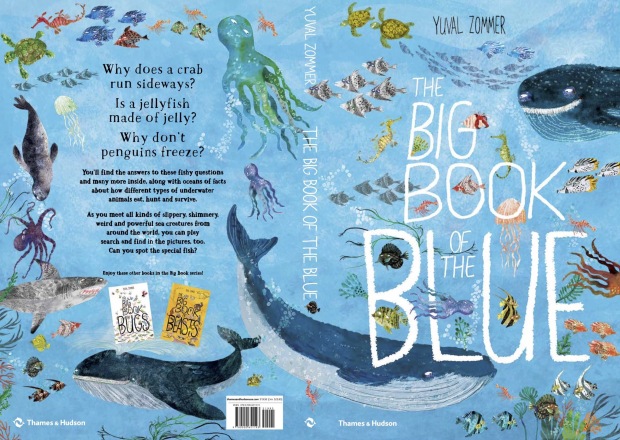

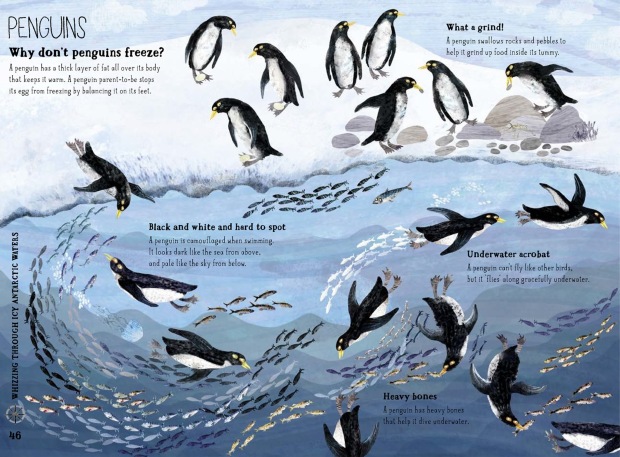
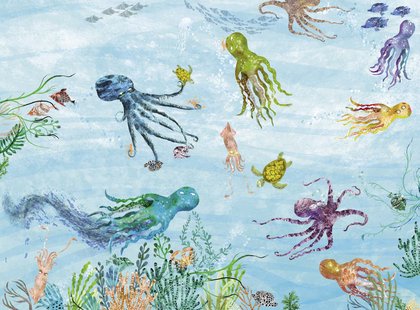 There is so much to sea(!) within the double-page spreads of this book. Variety of species; high levels of detail and information; full of subject-specific vocabulary that children will effortlessly absorb and vivacity of illustration: it’s all here in one BIG book! Readers of all ages are shore to have a whale of time poring over this perfect combination of information and illustration.
There is so much to sea(!) within the double-page spreads of this book. Variety of species; high levels of detail and information; full of subject-specific vocabulary that children will effortlessly absorb and vivacity of illustration: it’s all here in one BIG book! Readers of all ages are shore to have a whale of time poring over this perfect combination of information and illustration.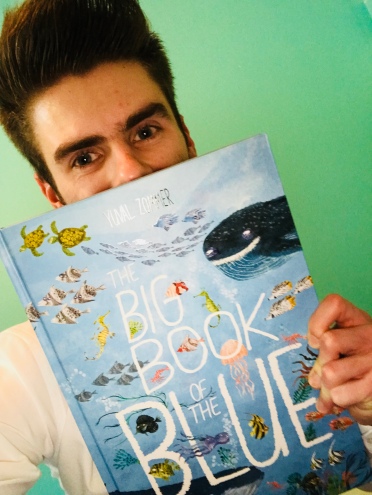

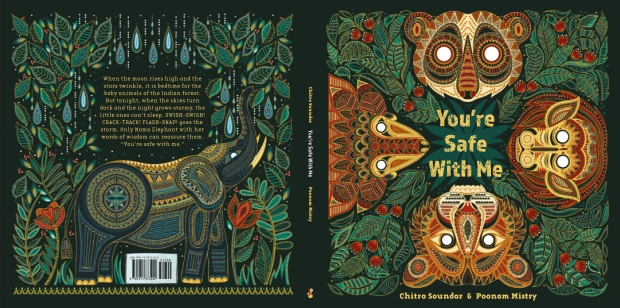
 The dark; the crack of a thunderstorm; the flash of lightning, the gust of the wind and the rush of the river will never be seen in the same way again after reading You’re Safe With Me. As the animals settle down for bedtime, the little ones find they cannot get off to sleep due to the strange noises around them and so it is only the words of wisdom whispered from Mama Elephant that can allay their deepest fears and hopefully help them to feel worry-free and drifting off in to the land of dreams.
The dark; the crack of a thunderstorm; the flash of lightning, the gust of the wind and the rush of the river will never be seen in the same way again after reading You’re Safe With Me. As the animals settle down for bedtime, the little ones find they cannot get off to sleep due to the strange noises around them and so it is only the words of wisdom whispered from Mama Elephant that can allay their deepest fears and hopefully help them to feel worry-free and drifting off in to the land of dreams. With inclusions of animals that young children will be both familiar and unfamiliar with (a little monkey, a tiger cub, a loris and even a pangolin to name a few!) it’s the perfect introduction to the marvellously diverse wildlife that inhabits the tops of the trees and the floors of the forest.
With inclusions of animals that young children will be both familiar and unfamiliar with (a little monkey, a tiger cub, a loris and even a pangolin to name a few!) it’s the perfect introduction to the marvellously diverse wildlife that inhabits the tops of the trees and the floors of the forest.